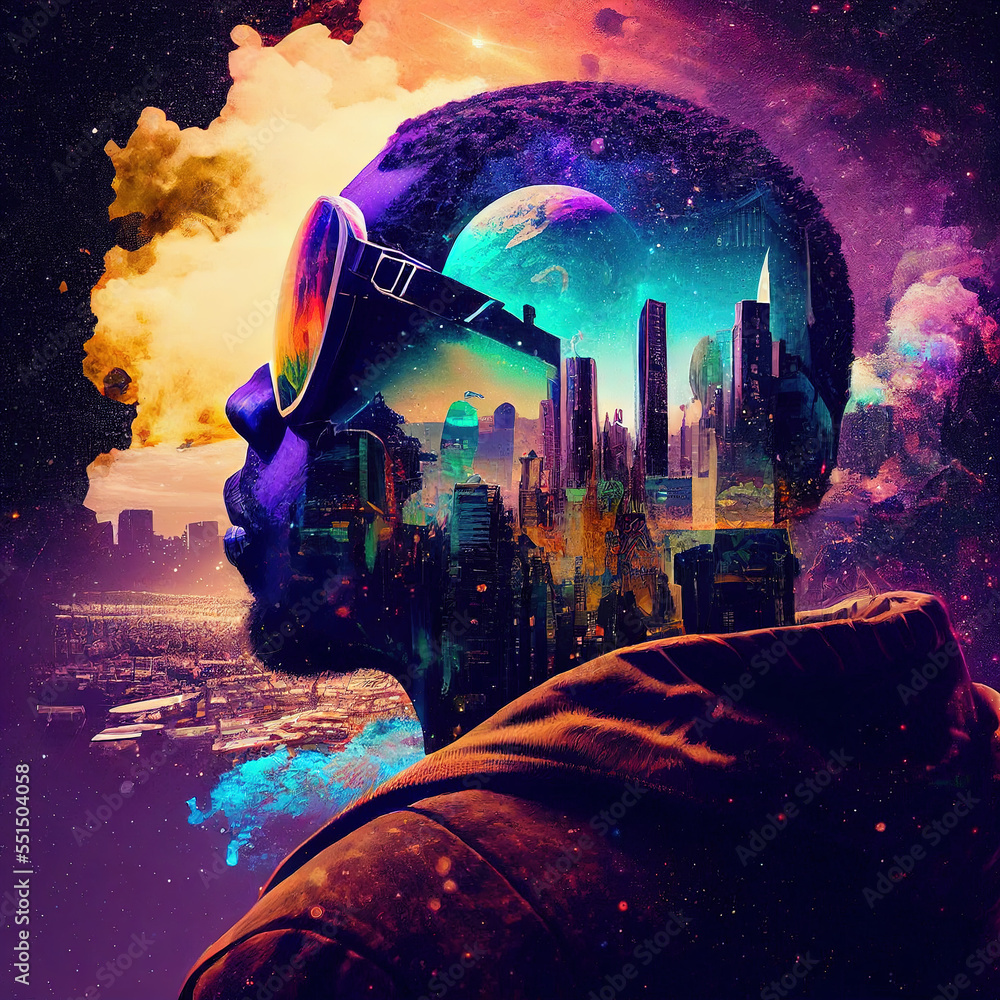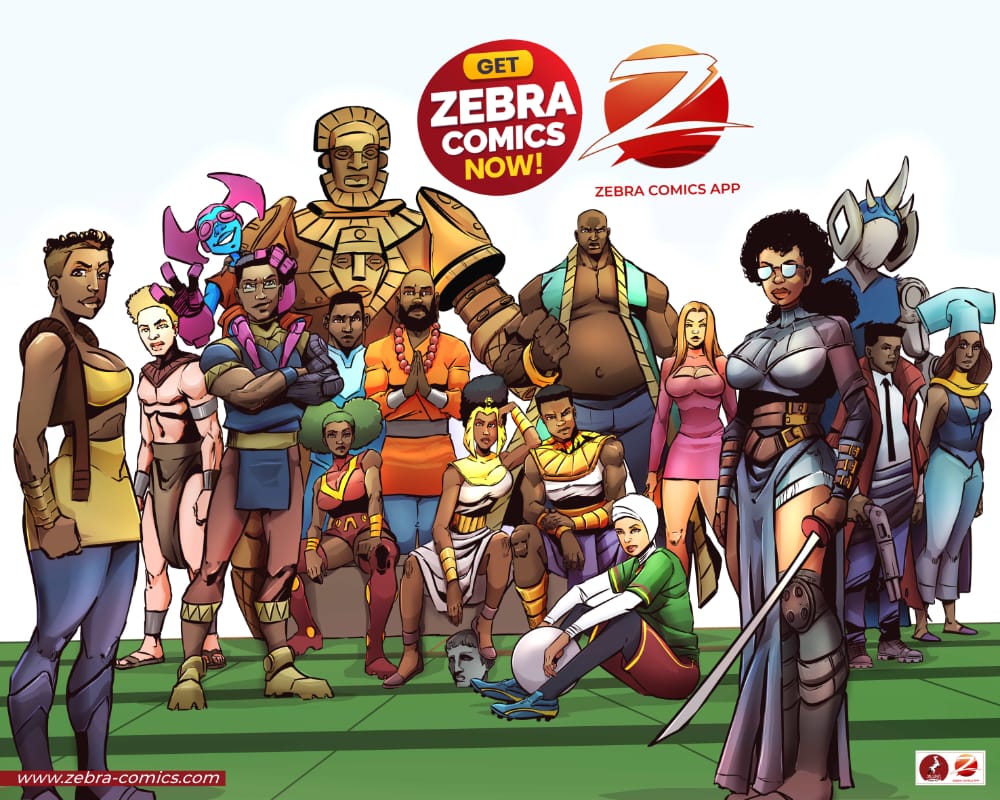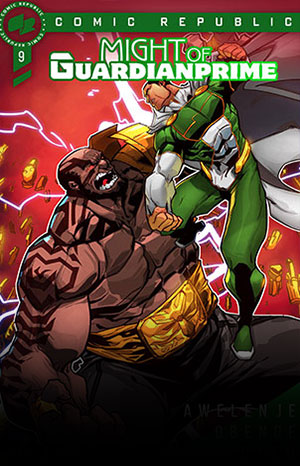Comic books and webtoons are two popular forms of storytelling that have gained significant traction in recent years. While both mediums use images and text to convey narratives, they have distinct features that set them apart. This article will examine the characteristics, formats, storytelling approaches, and the impact of technology on comics and webtoons to better understand the distinction between the two.
Understanding Comics
Comics have a rich history that dates back to the early 19th century. They typically feature panels arranged in a sequence to tell a story. Traditionally, comics were printed in newspapers and magazines as strips or panels, often focusing on humor, satire, or political commentary. However, the medium has evolved to include longer formats such as comic books, graphic novels, and manga.

Comics are characterized by their horizontal layout, dividing the page into panels of various sizes and shapes. These panels guide the reader’s eye movement, and the space between them, known as the gutter, creates a sense of time and continuity. Comics often incorporate text, such as dialogue and narration, to complement the visuals. The popularity of comics extends to every part of the world. African comics creators, inspired by years of consuming comics from other parts of the world, are now fully engaged in the creation of comics based on their environment and cultures.
Introducing Webtoons
Webtoons, on the other hand, are a relatively new form of digital comics that originated in South Korea in the early 2000s. They are specifically designed for online consumption, usually through web portals or mobile apps. Webtoons utilize a vertical scrolling format, allowing readers to view the comic without the need for page turns or zooming in.

One of the significant differences between webtoons and traditional comics is the way they are presented. Webtoons are optimized for mobile devices, making them easy to read on smartphones or tablets. The vertical scrolling format creates a continuous flow of images, providing a seamless reading experience.
Formats and Layouts
Comics and webtoons have distinct formats and layouts that contribute to their unique storytelling experiences.
Comics traditionally use a page-based format, where multiple panels are arranged horizontally. This layout allows for careful control of pacing, panel size, and panel transitions. Readers navigate through the story by moving from panel to panel, often with page turns.
Webtoons, on the other hand, utilize a vertical layout that extends indefinitely downwards. Panels are stacked vertically, creating a continuous flow of images that the reader can scroll through. This format offers a more fluid and uninterrupted reading experience.
Artistic Expression and Visual Presentation
Artistic expression plays a significant role in both comics and webtoons, but the mediums differ in their approach to visual presentation.
Comics often feature intricate details, shading techniques, and dynamic panel compositions. The use of black and white or limited colour palettes can create a specific mood or aesthetic. Comics also utilize panel layouts and page turns as tools to enhance storytelling, utilizing visual cues to guide the reader’s attention and create narrative impact.
Webtoons, on the other hand, prioritize clear and readable artwork that translates well to digital platforms. The vertical scrolling format allows for larger and more visually striking images. Colour is commonly used in webtoons, creating vibrant visuals that enhance the reader’s engagement and enjoyment. Visual storytelling in webtoons often relies on vertically stacked panels, with minimal spacing between them, to maintain a smooth and immersive reading experience.
Accessibility and Distribution
Accessibility and distribution are key aspects that differentiate comics and webtoons.
Comics have a long history of being physically printed and distributed through various channels, including bookstores, comic shops, and libraries. Readers can own physical copies of comics or borrow them from different sources. The physical nature of comics allows collectors to appreciate the tactile experience of flipping through the pages and admiring the artwork.
Webtoons, on the other hand, are inherently digital and rely on online platforms or mobile apps for distribution. They can be easily accessed and read on digital devices, such as smartphones or tablets. Webtoons are often available for free, with revenue generated through ad-supported models or premium subscriptions. This digital accessibility has expanded the reach of webtoons globally, allowing readers from all corners of the world to enjoy them.
Technological Impact and Interactivity
The rise of technology has significantly influenced both comics and webtoons, shaping their creation and consumption.
Comics have embraced digital tools, allowing artists to create and distribute their work digitally. Artists use software programs to draw, colour, and letter their comics, enhancing the efficiency and quality of the artwork. Digital platforms have also enabled self-publishing, giving independent creators the opportunity to share their stories with a wide audience.
Webtoons, being born in the digital age, have fully embraced technology. The vertical scrolling format and digital distribution platforms cater to the growing demand for mobile-friendly content. Webtoons often incorporate interactive features, such as comments, likes, and sharing options, allowing readers to engage with the creators and fellow fans. The interactivity fosters a sense of community and encourages ongoing discussion and feedback.
Conclusion
In conclusion, while both comics and webtoons share the fundamental goal of storytelling through sequential art, they differ in their formats, layouts, artistic expression, accessibility, and distribution. Comics have a rich history and a wide range of formats, from newspaper strips to graphic novels, while webtoons emerged as a digital medium optimized for mobile devices, utilizing a vertical scrolling format.
The artistic styles, presentation, and storytelling techniques employed in comics and webtoons vary, catering to the preferences and expectations of their respective audiences. Technology has played a significant role in shaping both mediums, with digital tools and online platforms enabling new opportunities for artists and expanding the reach of webtoons worldwide.

With all that has been said, we must also highlight the growing influence of webtoons in the comic book industry. As the influence of mobile technology continues to increase in the lives of everyone, comic book readers and creators are not left out. Some African comic book creators such as Zebra Comics and Raptures have adopted the webtoon style. Long-time readers on the continent are falling in love with the webtoon format as evidenced by the number of downloads and monthly readers on these platforms.
Whether you prefer the traditional feel of flipping through the pages of a comic or the convenience of scrolling through a webtoon on your mobile device, both mediums offer unique and immersive experiences that continue to captivate readers and push the boundaries of visual storytelling.




